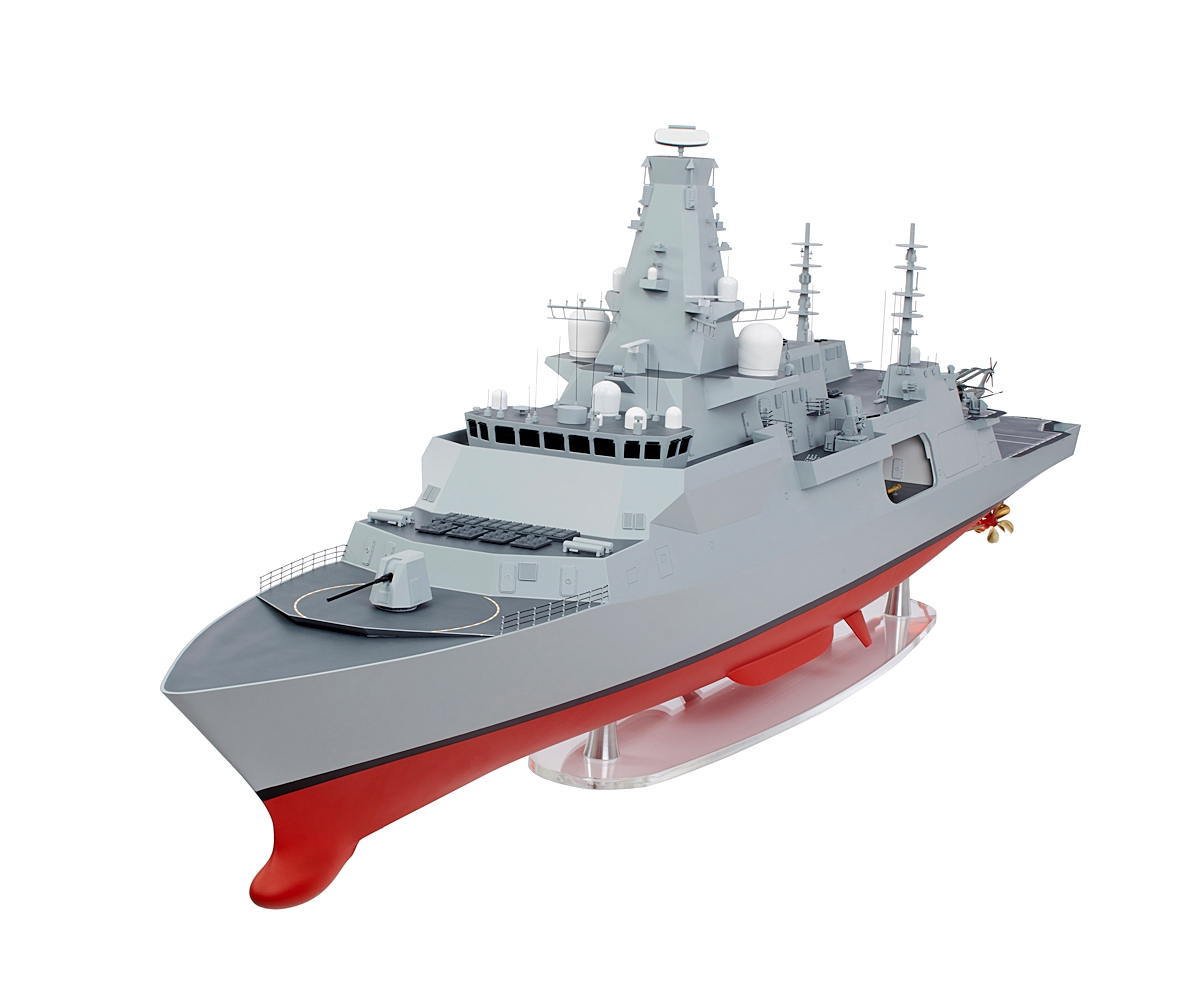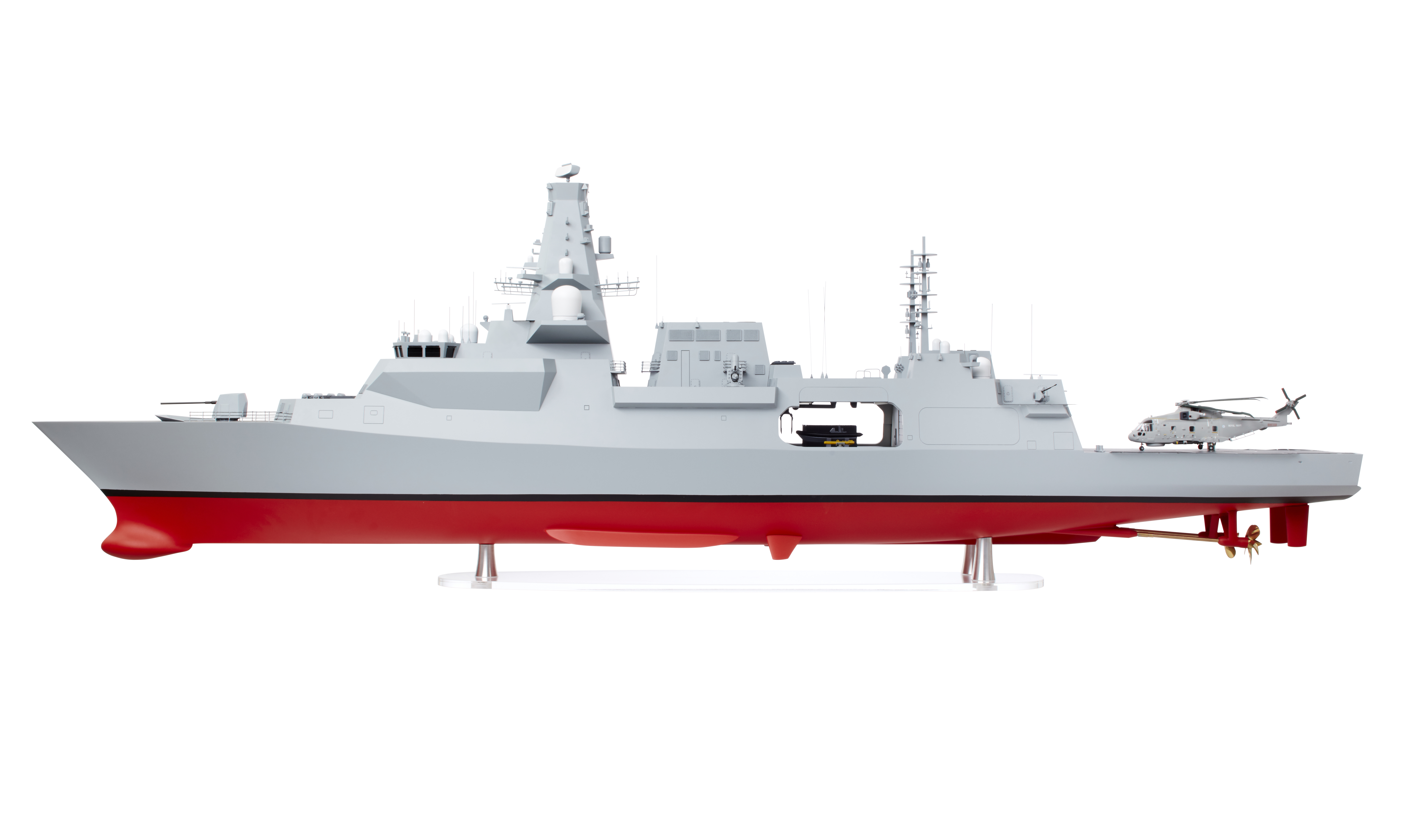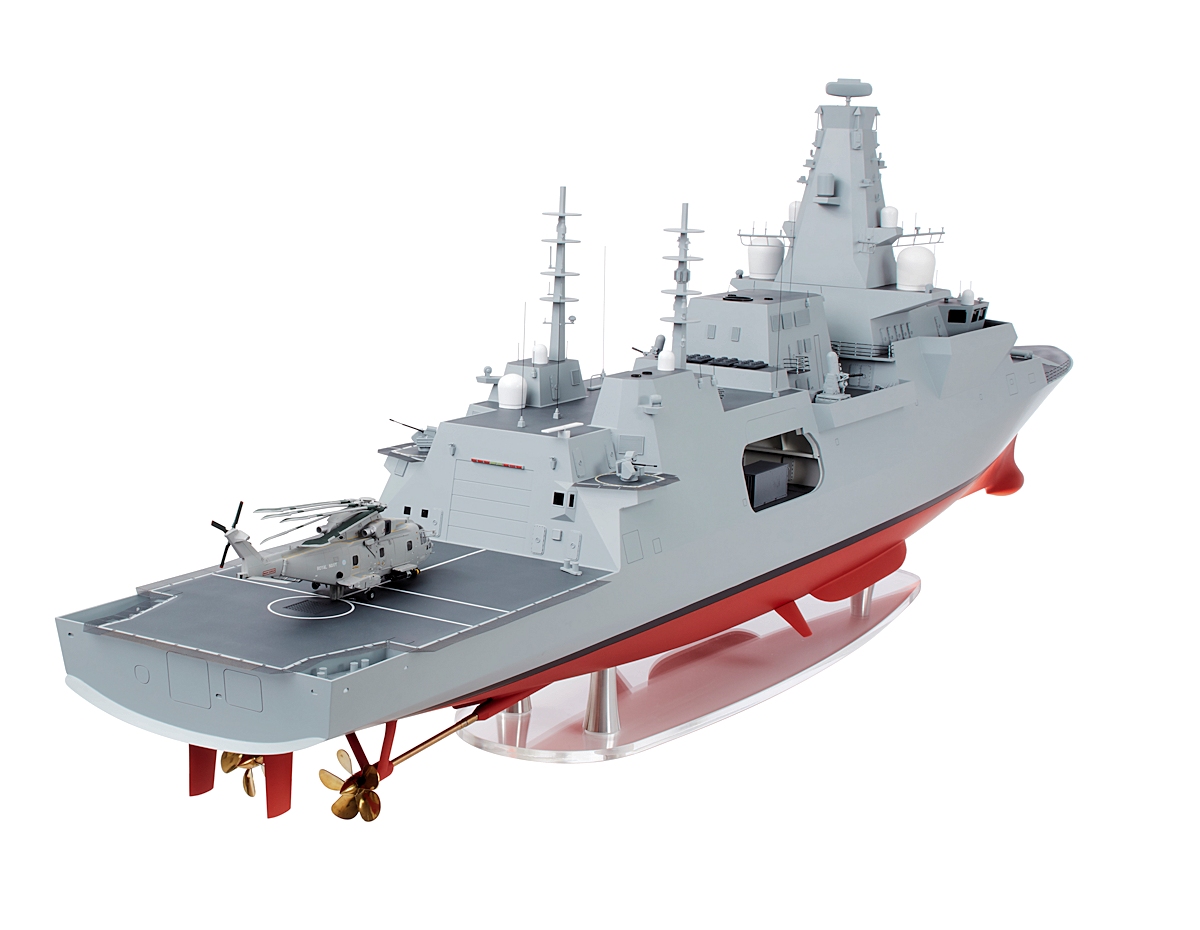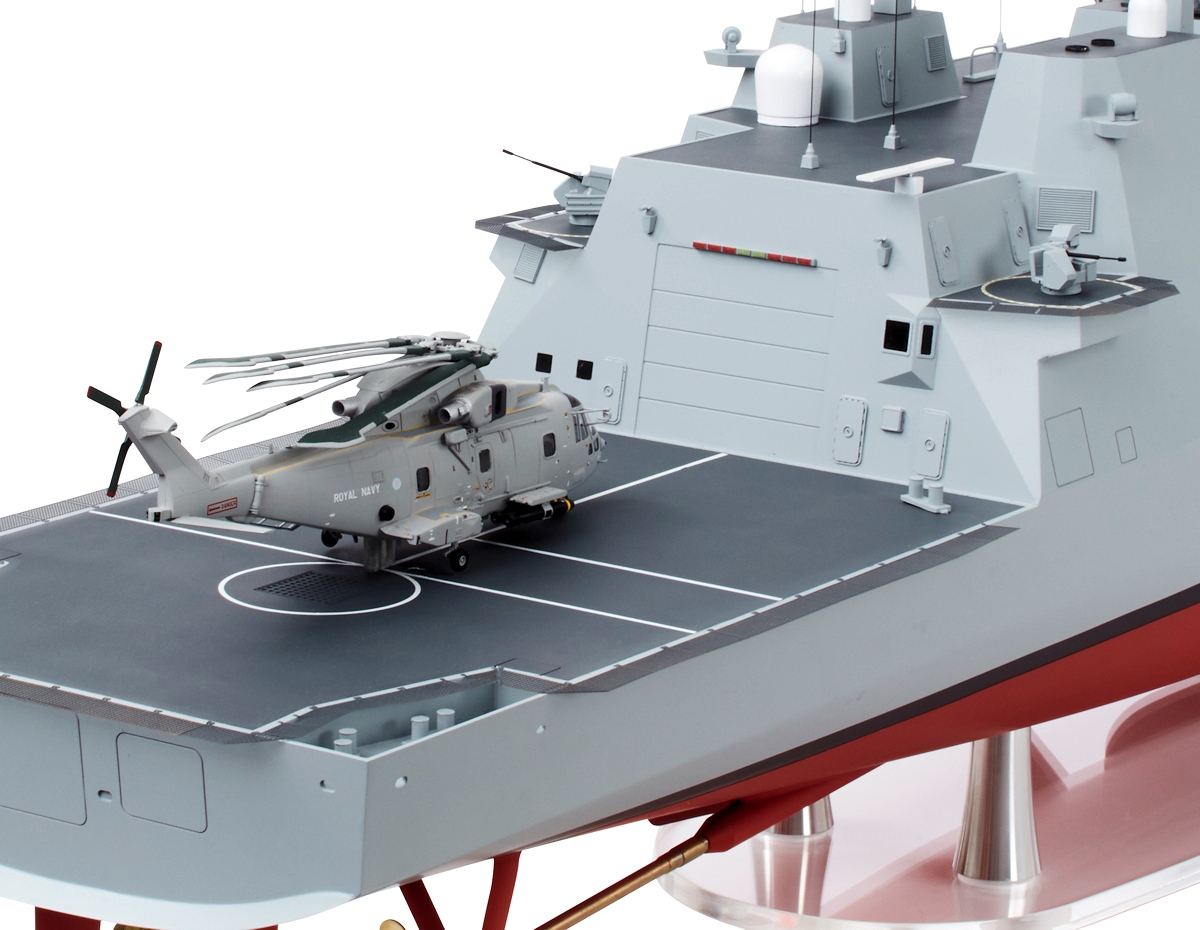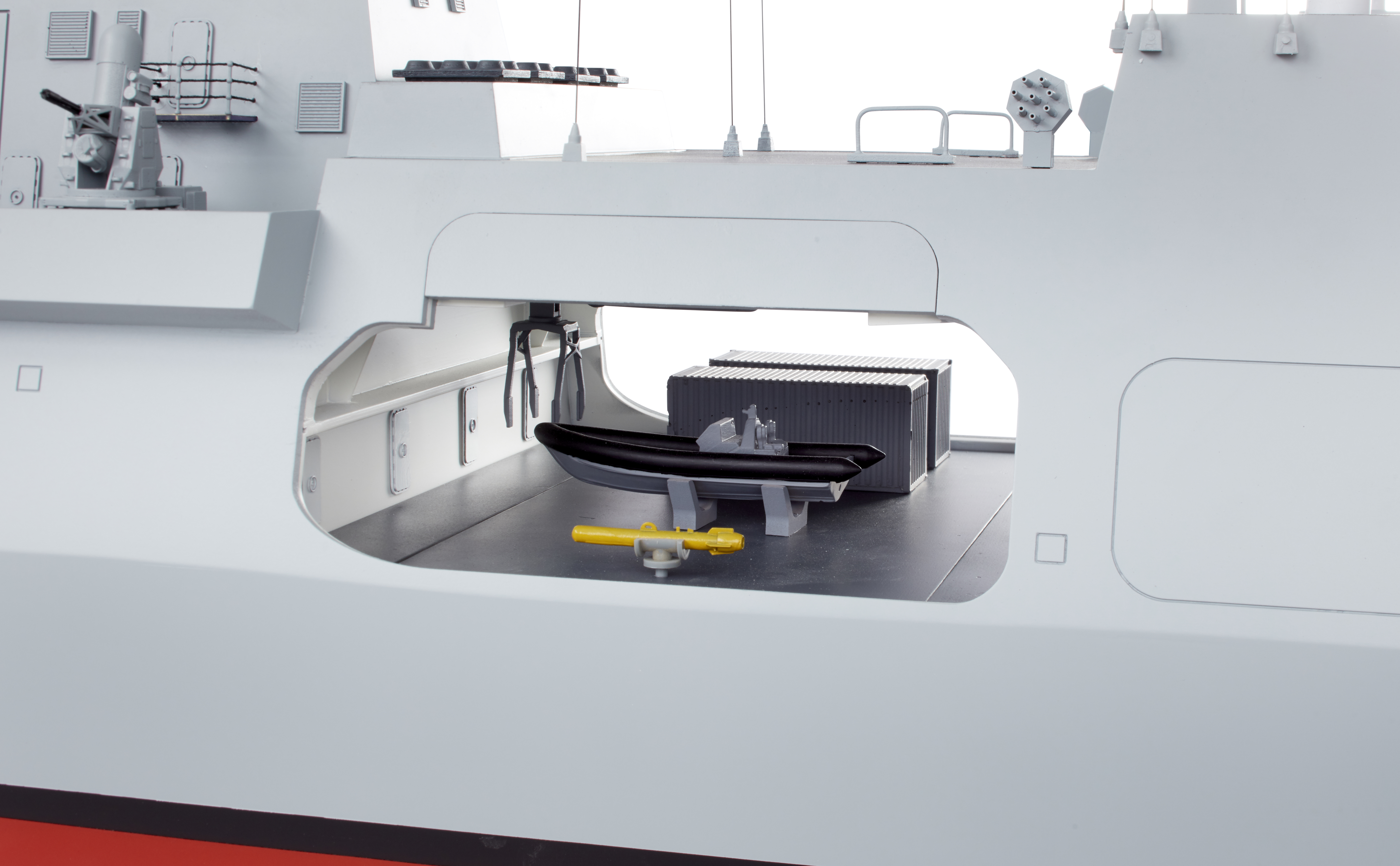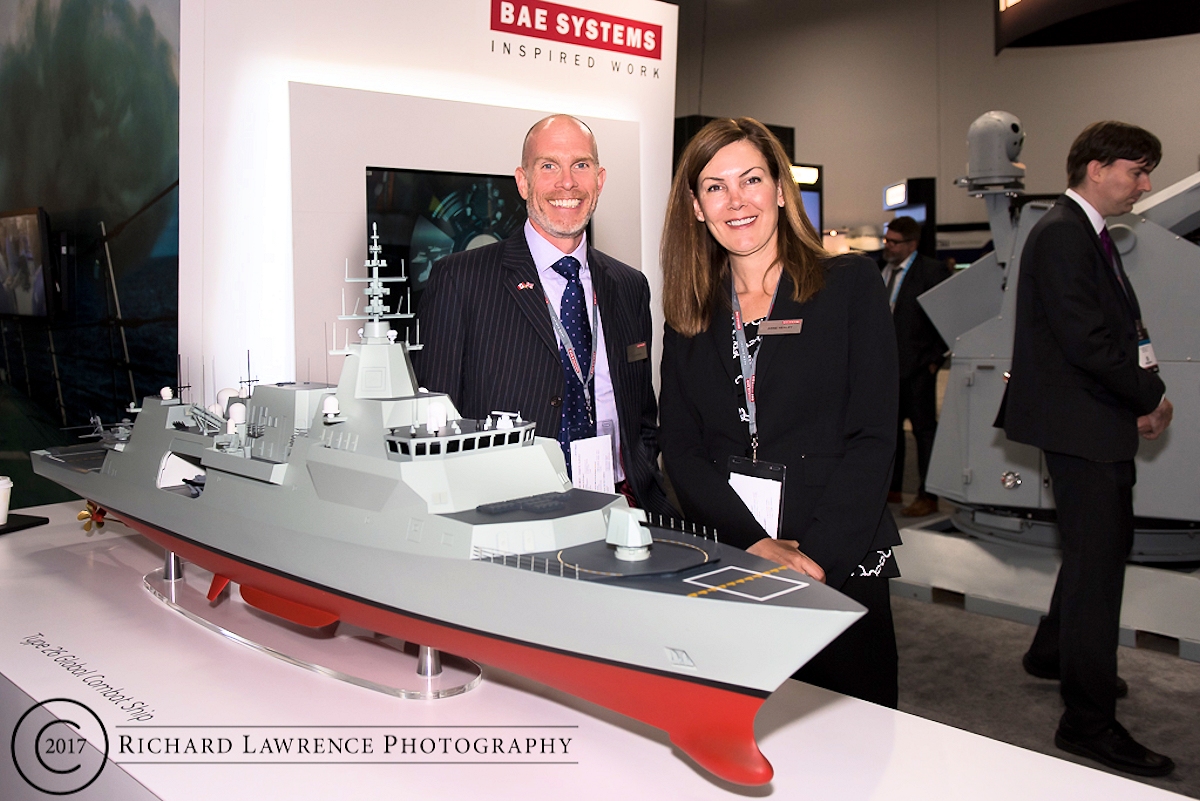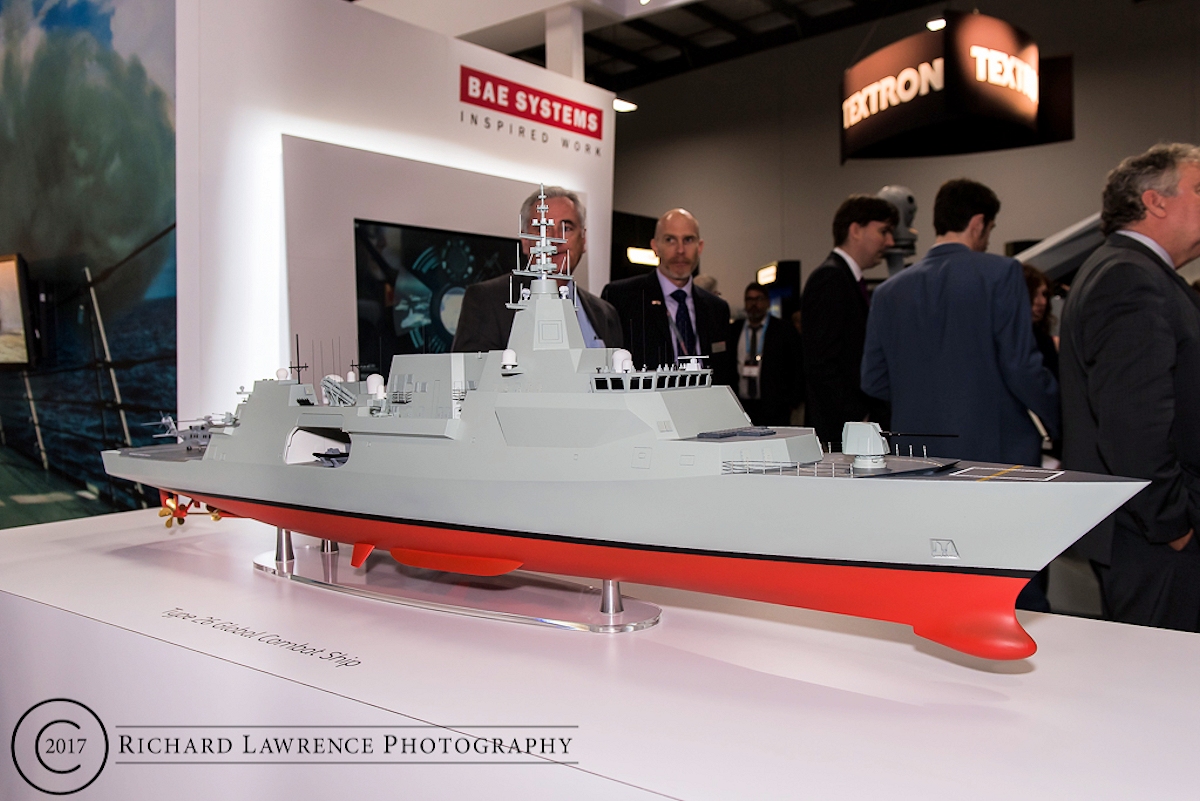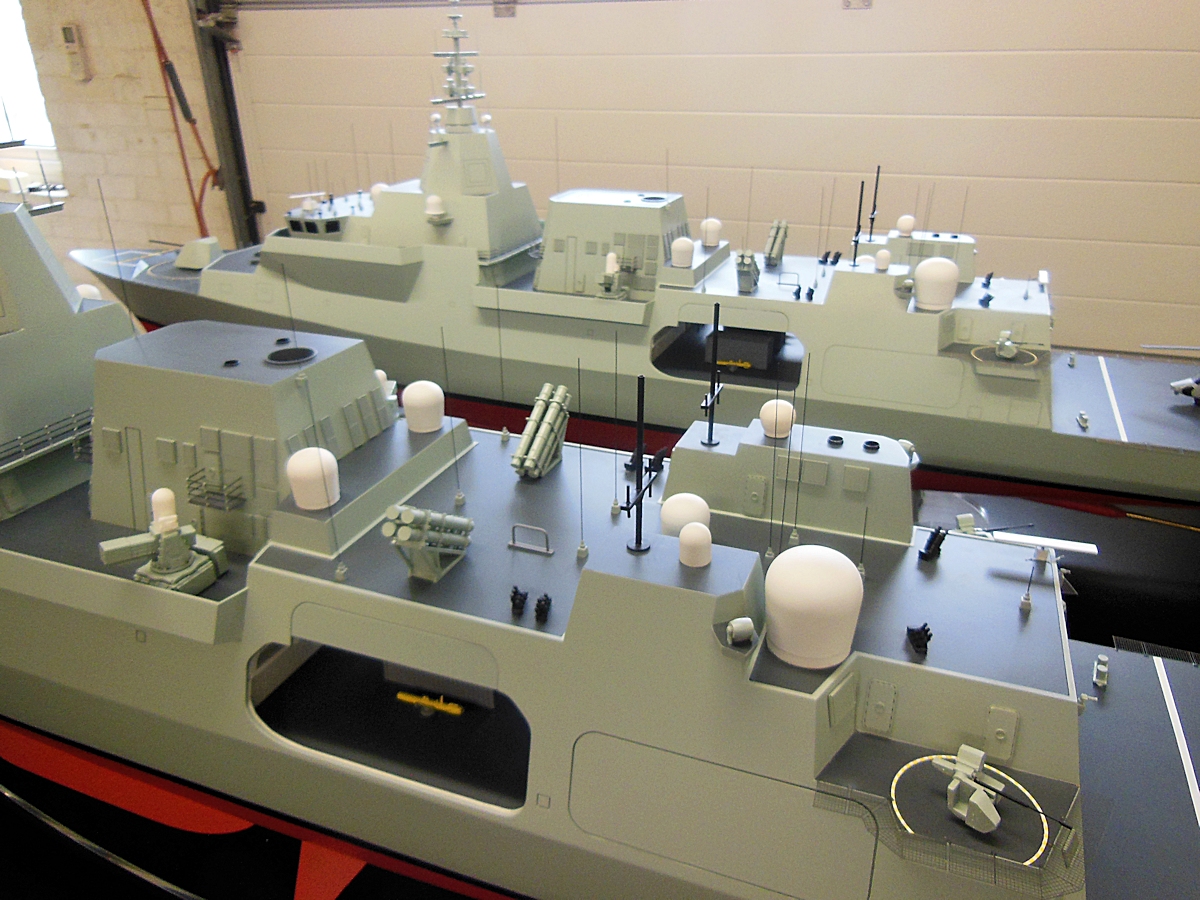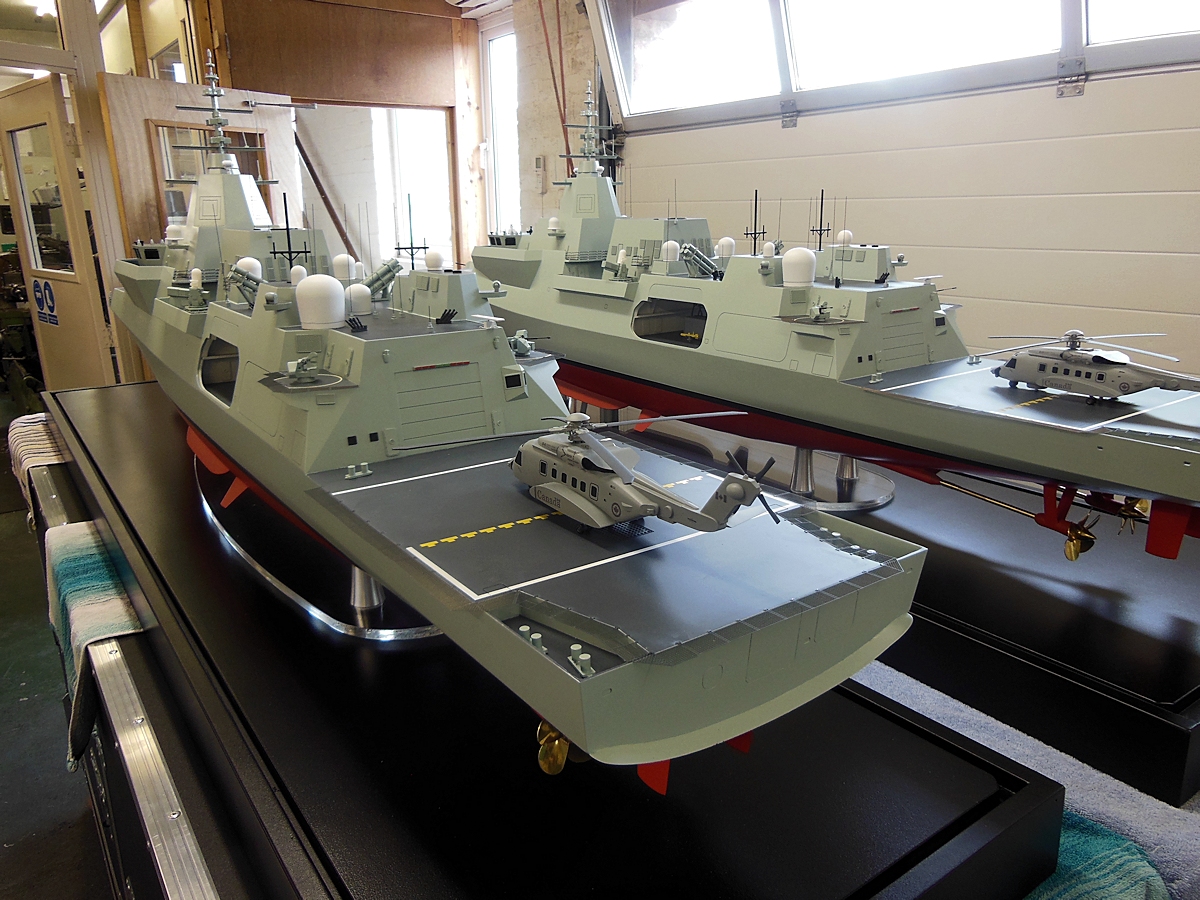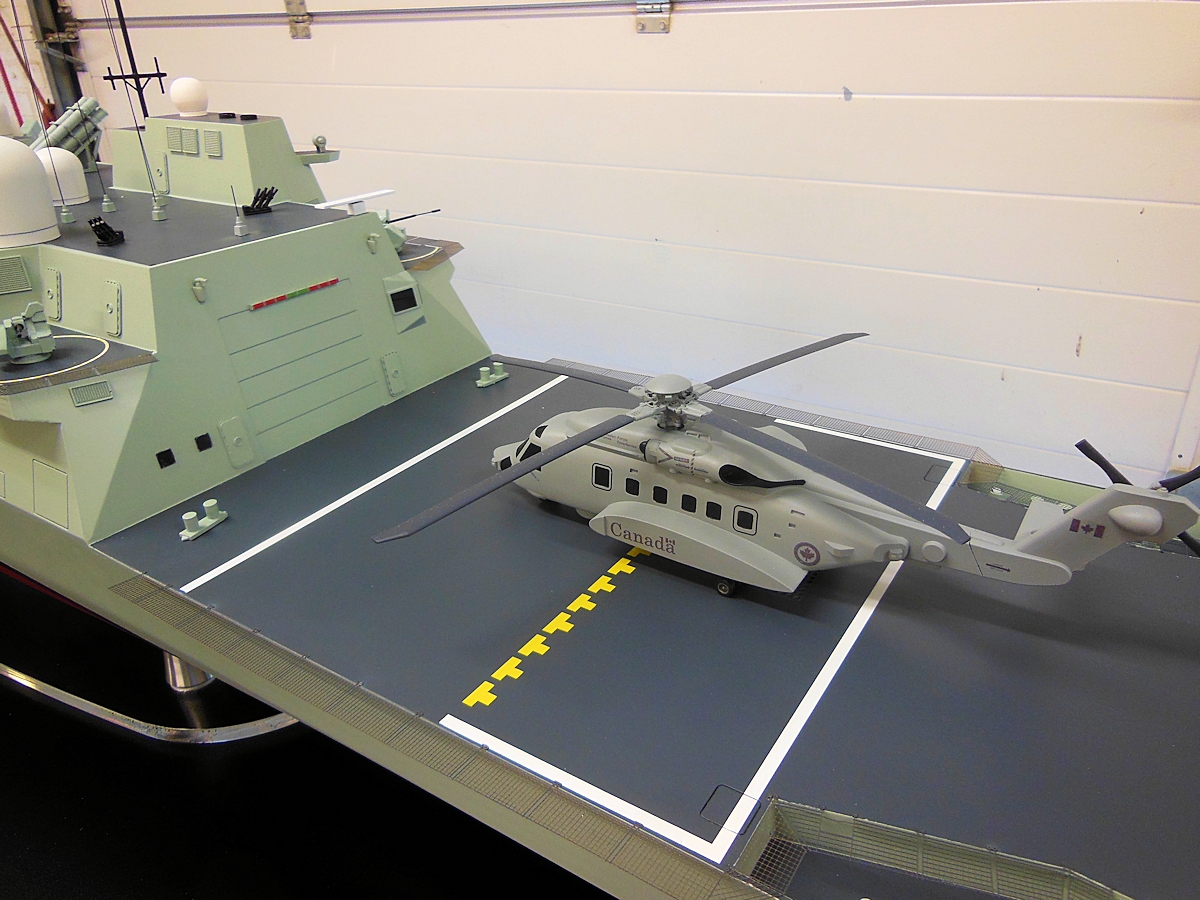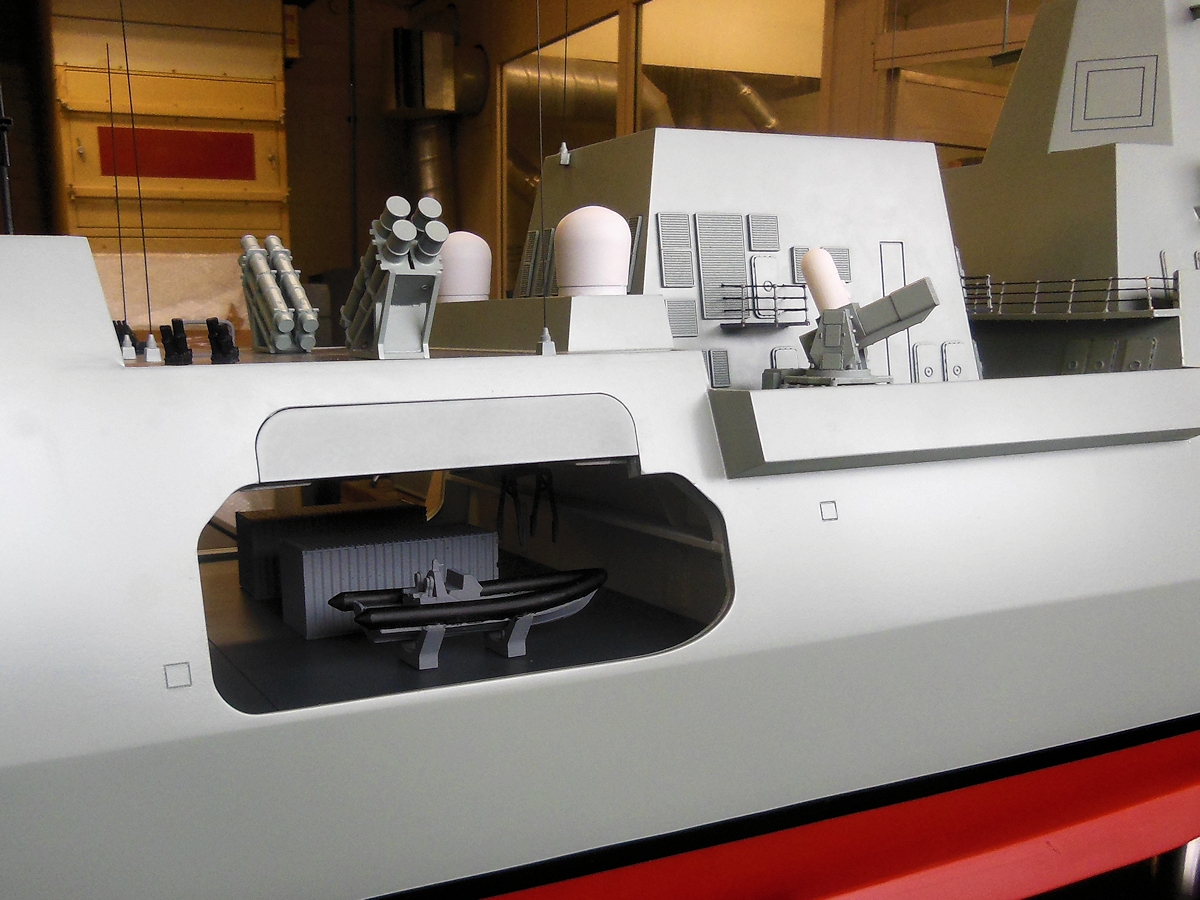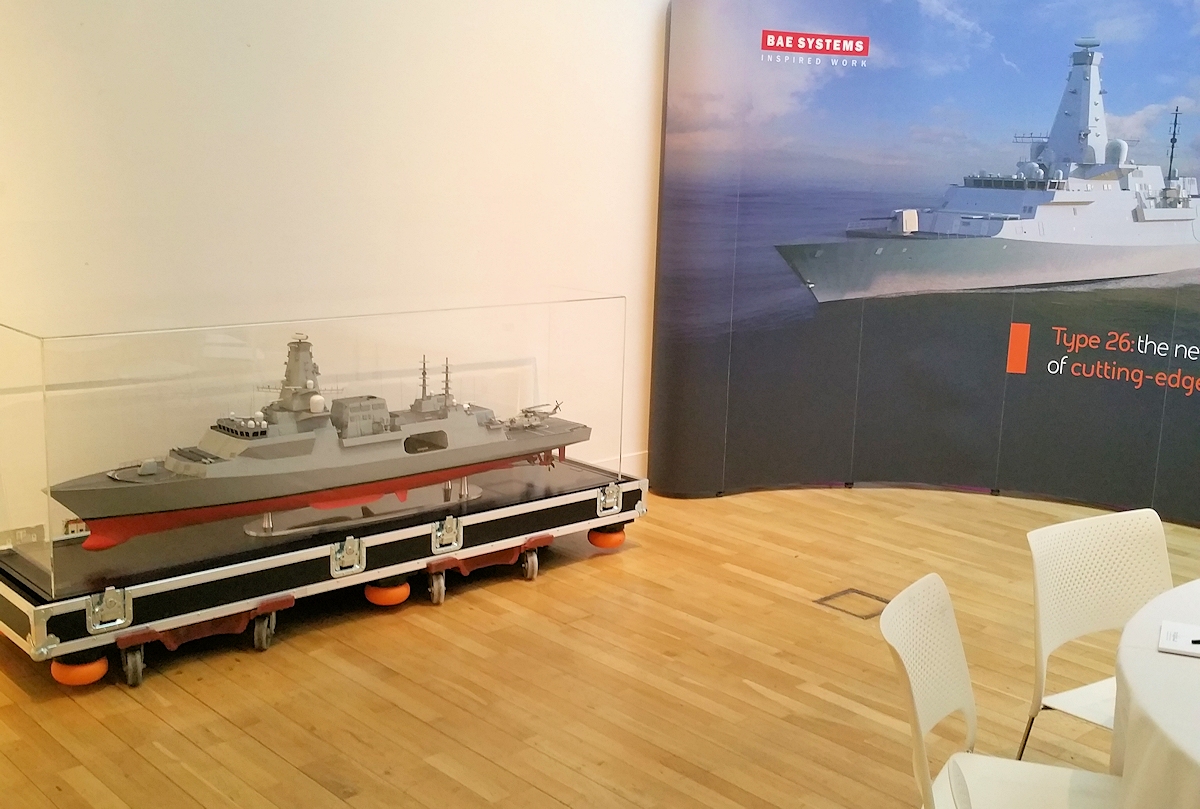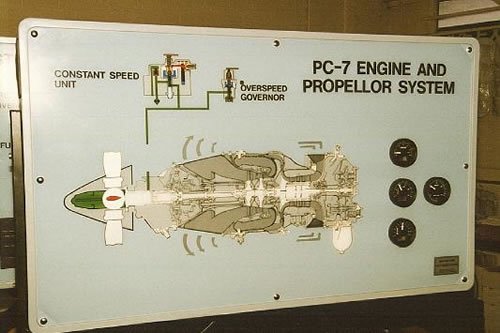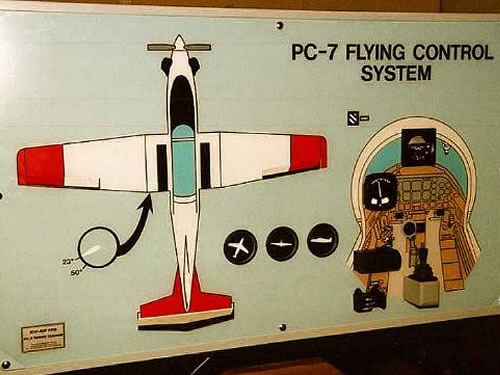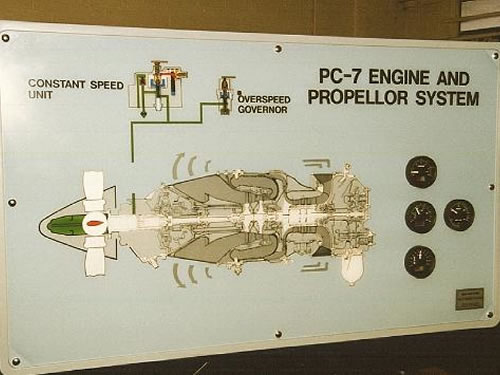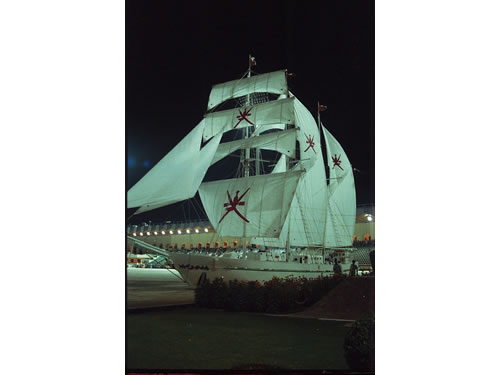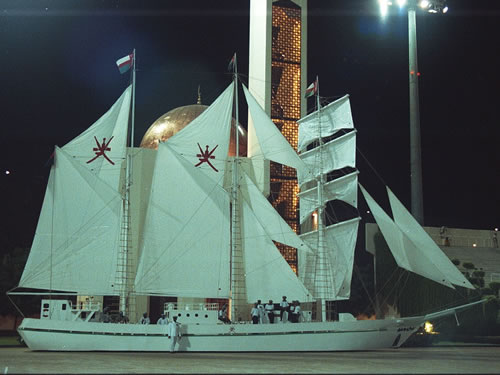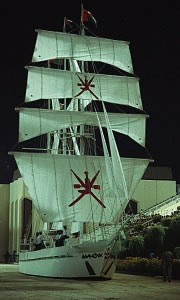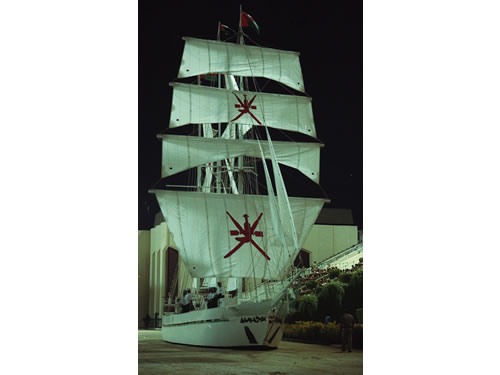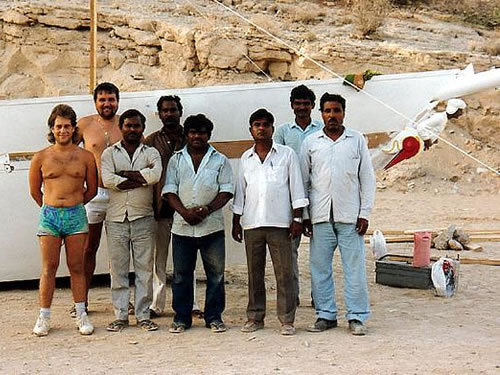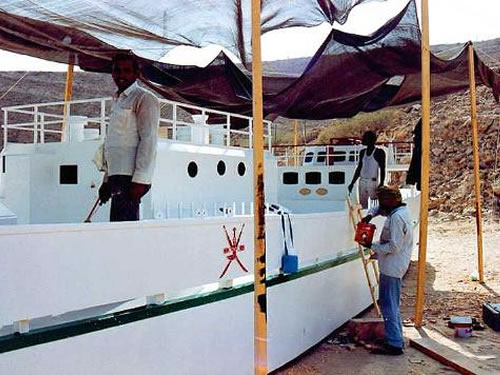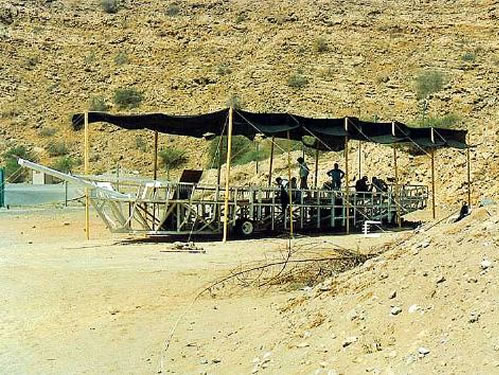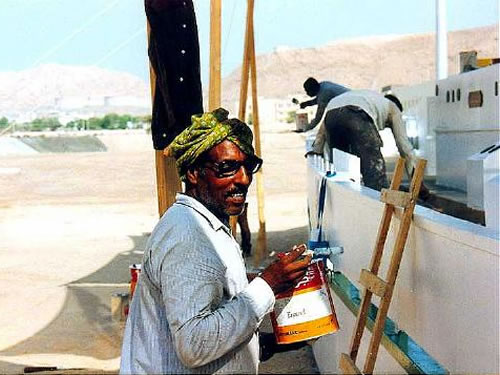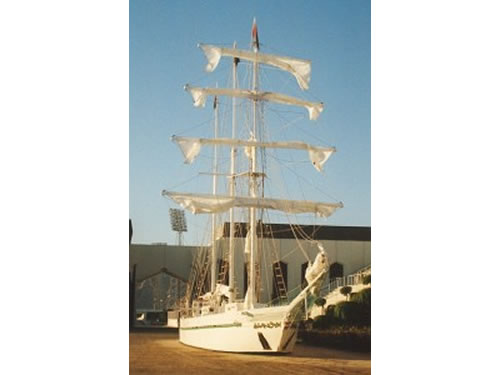Part of the challenge lay with the fact that the three main variants - Royal Navy, Canadian Navy and Royal Australian Navy had significant differences. This meant we had to take a modular route to easily model whichever variant was required. In addition to the different ship variants, each had their own embarked helicopter, a modelling challenge in itself.
-
Type 26 Global Combat Ship
Lawson's have worked with the Type 26 team from it's earliest inception. In that time we have made several different variants as the design has matured and evolved. Not only have we made versions for the Royal Navy, but also for the Canadian Navy's Single Class Surface Combatant Project and the Royal Australian Navy's Future Frigate Program.
The 1:75 scale models have been a great success having been viewed by audiences all over the world, most recently at the "cutting of steel" event in Scotstoun where the first plates were cut for the first of class - HMS Glasgow.
-
Case Study Title
Add Challenge Here
Enter Solution
Enter Conclusion
-
Pilot Training Panels
The RNAF / BDF had recently purchased a new type of aircraft, and needed to train the pilots about the aircraft systems without resorting to tying up an operational aircraft.
Lawson Modelmakers manufactured a set of six interactive animated “wall charts” that provided visual interactive depictions of: Fuel System Engine and Engine Controls Electrical System Flying Controls Landing Gear Environmental System The Fuel System and Engine panels were interlinked so that an action on one panel showed the corresponding effect within both systems.
In practice these systems could have used desk top PC’s, however quite apart from the expense, these would not have given the trainee pilots the kind of hands-on feel that they got from using panels with full size operating controls. Overall, the panles were well accepted once they had been brought into service.
-
Shabab Oman Sail Training Ship
In 1989, Lawson Modelmakers were approached by a company in the Sultanate of Oman with a view to providing model making services for a project they had recently taken on. The project was to build a half scale model of the Royal Navy of Oman sail training ship; Shabab Oman. In essence this was to be a fully mobile, land based display capable of moving around a stadium during the 21st National Day celebrations. Shabab Oman was originally built as a schooner in Buckie, Scotland in 1971, and was originally named the Captain Scott after explorer Robert Falcon Scott. She was involved in programs which combined sail training with onshore expeditions. In 1977, the vessel was sold to Sultan Qābūs ibn Sa‘īd of Oman and placed under the purview of the Ministry of Youth. Her name was changed to Shabab Oman, which can be translated as “Youth of Oman”. In 1979, she was inducted into the Royal Navy of Oman (RNO) as a sail training ship The model would be 26 meters (86 feet) in length and would stand 15 meters (50 feet) tall. It would be powered by a small diesel engine driving a hydraulic pump providing steering and motive power to the 4 sets of double wheels. A carefully selected team was assembled to bring their own unique skills and expertise to the project with Lawsons maintaining overall control of the model making. With this in mind, a company In Newcastle with expertise in “mobile cherry pickers” was used to construct the steel framework, and install and commission the power module and drive motors. After this had been manufactured and test assembled, accurate drawings were made to assist in the model making phase. At this time, a team from the company who supplied to masts and rigging for the full sized vessel were brought in to measure up and install scale masts and rigging as was a team of sail makers. After the test assembly, in early 1990, the various components were dismantled and packed into shipping containers and dispatched by sea to Oman. In the interim period, a team from Lawson Modelmakers had been out to Oman to carry out a model making survey of the original vessel in order to produce a full set of plans and drawings. At the same time, contracts were placed with local craftsmen to help with the final assembly on site in Oman.
With the containers due to arrive in country in July 1990, flights and accommodations were booked for early August 1990 with an expected build period of 8 weeks. Unfortunately these plans had to be put on hold when Iraq invaded Kuwait on the 2nd of August and all flight to the Gulf region were seriously disrupted. As events further up the Gulf stabilised a little, a small team from Lawson Modelmakers arrived in Dubai and flew on to Oman in the middle of August 1990 and set to work unpacking the containers and assembling the pre-manufactured frame. Once assembled, the power module and drive motors were installed and tested, and finally work could begin on cladding the frame, but not before a large canopy was built over the model to provide an element of respite from the sun. A team of Indian carpenters and general craftsmen had been contracted to carry out the majority of the woodworking under the supervision of model making team. While the carpenters worked to clad the framework and build the various deckhouses, other local companies were engaged to manufacture many of the smaller fittings such as vents and hatches. Work began each day at first light and carried on until 12 noon by which time the heat was too much to work in. The small team were then released to return again at 4pm for another two hours once the temperature had cooled. In the end, it took a little over six weeks to turn the bare framework into a replica of the Shabab Oman. The final “topping out” ceremony for the modelmaking team was to fit the specially carved figure head to the bow.
After this the mast and rigging team were flown out from the UK to fit and fine tune the masts and rigging and to hoist the sails in place before the “model” was finally handed over to the Royal Navy of Oman. They had selected and trained a crew of sailors to operate the model, raising and lowering the sails and “sailing” the model around the stadium. Sadly, Lawson Modelmakers could not be at the national Day celebrations, but a local photographer took these pictures of the vessel under full sail during the ceremony. The model was a great success with the Navy and following the celebrations was gracefully retired to a local park where she lay for many years before finally succumbing to the ravages of time.

